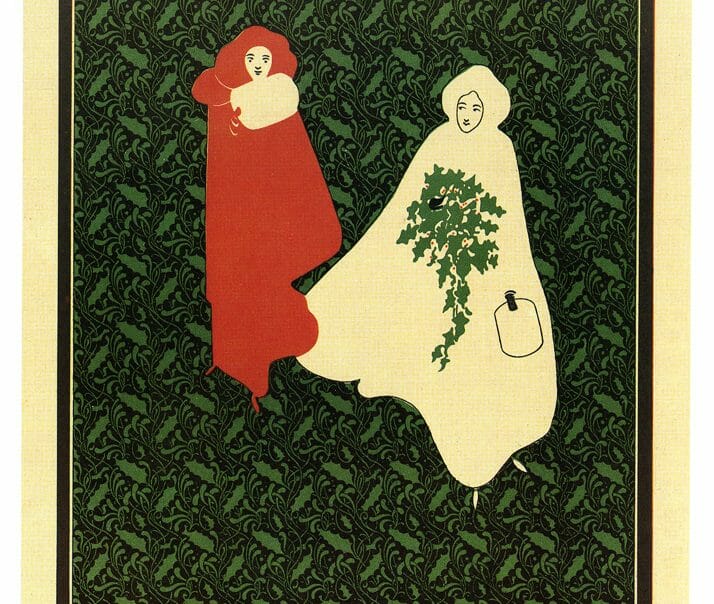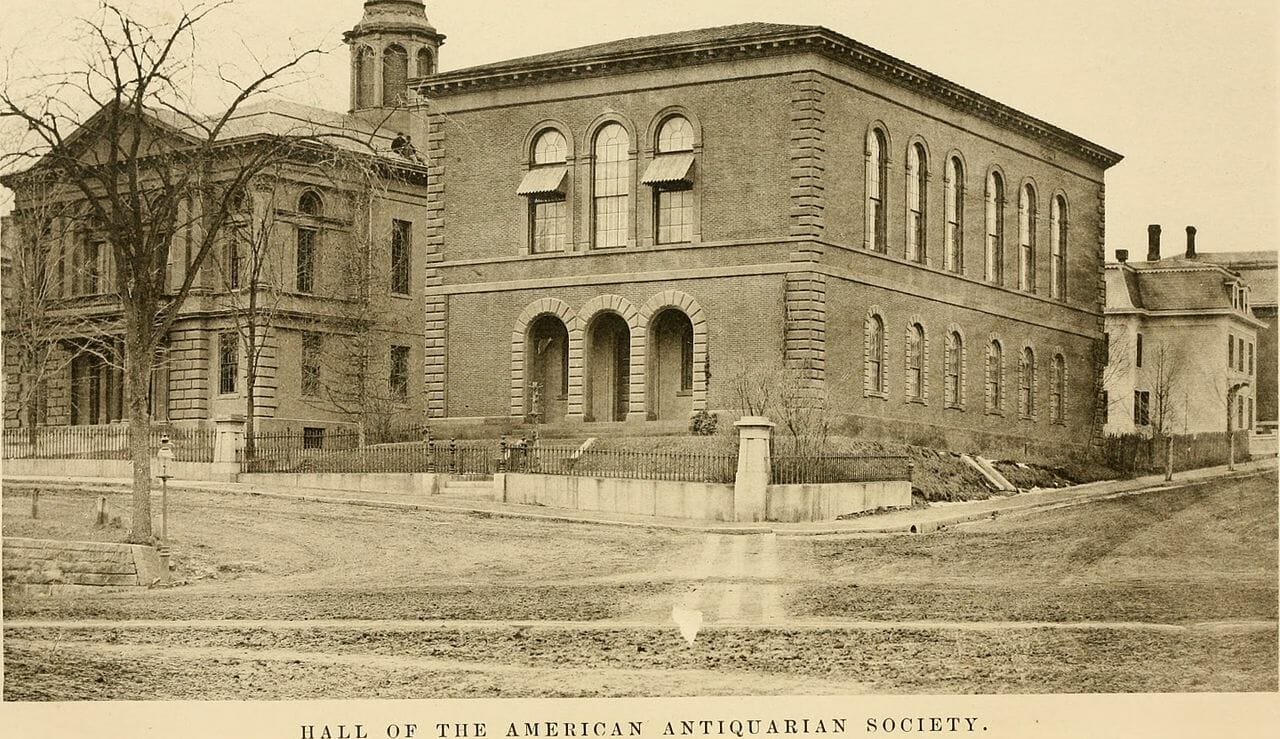
Articles
Higher Education
Gale and the American Antiquarian Society Announce the 6th Installment of American Historic Periodicals, A Massive Digitization Project of American Print
By Henry Kronk
November 06, 2018
What’s black and white and 6 million digitized pages long? The answer would be American Historical Periodicals from the American Antiquarian Society. The initiative marks a collaboration between the American Antiquarian Society (AAS) and Gale, the branch of Cengage that handles digital tools and resources for libraries. On Monday, the two groups announced that they recently completed the sixth installation in their series.
The latest series of digitization in the ongoing project extends coverage of roughly 45 titles that were once published in the U.S. along with material from 150 newly acquired publications. They range from titles with long runs and large readerships to more niche but noteworthy offerings.
The Scope of American Historical Periodicals
A few of the new titles include:
- Tachymathist (Philadelphia): -Nov. 1, 1845. Issue No. 1 (only two issues ever published).
- New-York Weekly Review of Music, Literature, Fine Arts and Society (NY): 42 issues from 1867-1868.
- Agriculturist, and Journal of the State and County Societies (Nashville, TN): 6 issues from 1842, 1843.
“American Historical Periodicals represents one of the most comprehensive libraries of American periodicals in the world,” said Seth Cayley, vice president of Gale Primary Sources, in a press release. “Through our partnership with the American Antiquarian Society, Gale provides a unique documentary history of the American people and nation from the Colonial Era through to the Civil War, Reconstruction and the early 20th century.”
This collection is currently available to any Gale subscribers, including students at universities that use it as a service. The database has also been incorporated into Gale’s Digital Scholar Laboratory. The digital ‘lab’ offers numerous tools to aid in research, including a service that processes raw text data with natural language. It allows researchers to perform textual analysis on digitized Gale holdings on a previously unknown scale.

A Commitment to Published Americana
The project marks a continuation of the AAS’ mission. The organization was formed by Isaiah Thomas, possibly the most preeminent publisher in early and colonial American history. Thomas published the first reporting of the Battles of Lexington and Concord and became hugely successful after the Revolutionary War. He launched the AAS in 1812 to collect and preserve American publications. The organization precedes the Library of Congress and currently houses the largest collection of print Americana in the world. The AAS library contains 25 miles of shelves.
“Over the years, we have been impressed by Gale’s leadership in the library market, the strength of their editorial process, and their innovative approach to the development of digital technology tools,” said Ellen S. Dunlap, President of the American Antiquarian Society, in a release. “American Historical Periodicals is an important project for the American Antiquarian Society, representing decades of collecting, cataloging, conserving and digitizing, and we are pleased to have a solid partner in Gale to help us take it to the next generation of researchers.”
Work at the AAS is never finished. The recent installment in the American Historical Periodicals series includes 150 new titles only recently acquired by the organization.
One of these includes The Observator which, according to a Gale blog post, “was written in the form of a dialogue between a Whig and a Tory, with a strong bias toward the Royalist point of view. L’Estrange was a fervent supporter of the Crown, and a constant thorn in the side of the supporters of Whiggery. Throughout the publication, one may see the term Trimmer (Whig) and Observator (Tory). L’Estrange played these two characters against one another in a rolling dialogue, using his wit and passion to ensure the Observator always came out on top.”
Featured Image: The Christmas 1895 cover of The Inland Printer. Made possible by MCAD Library, Flickr.









One Comment